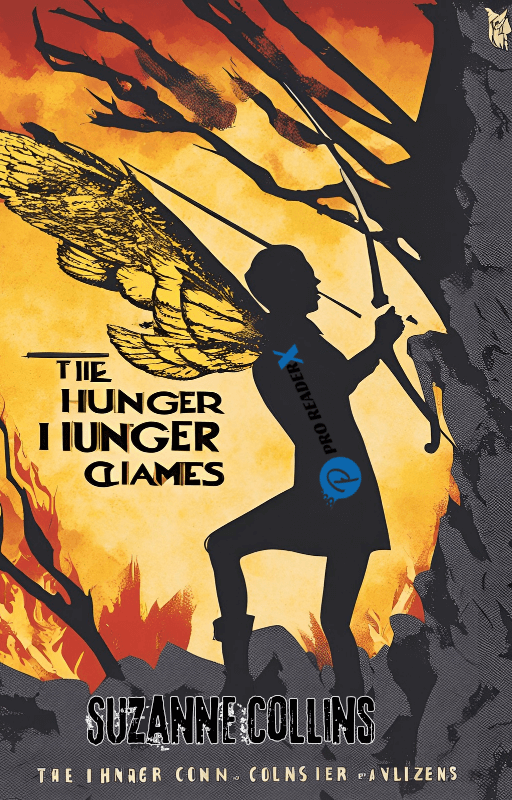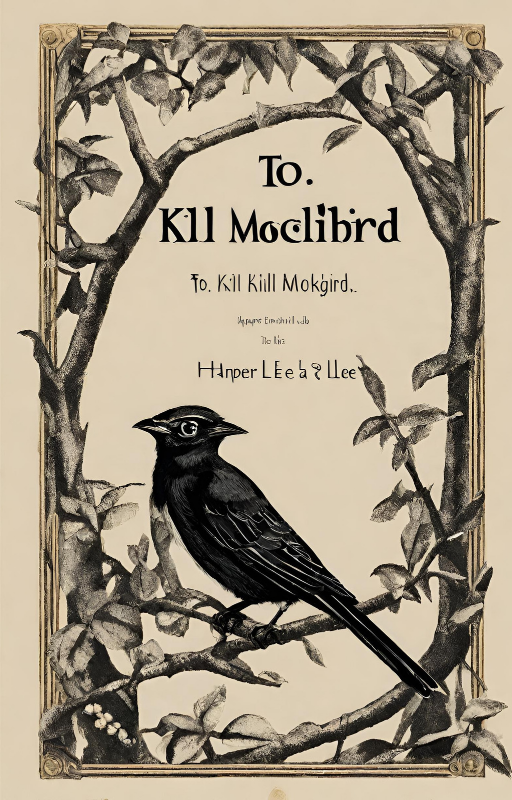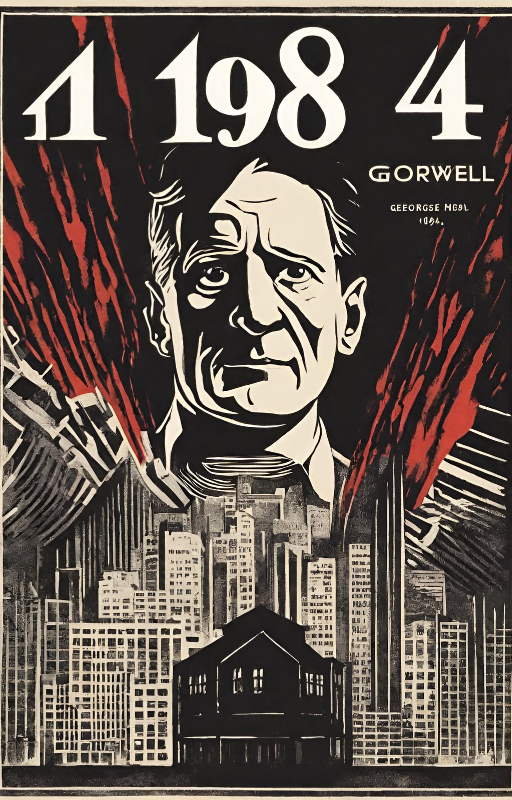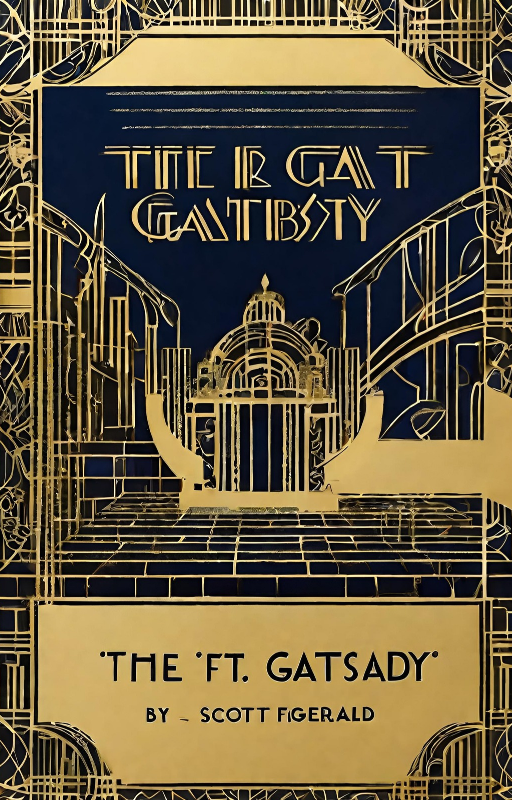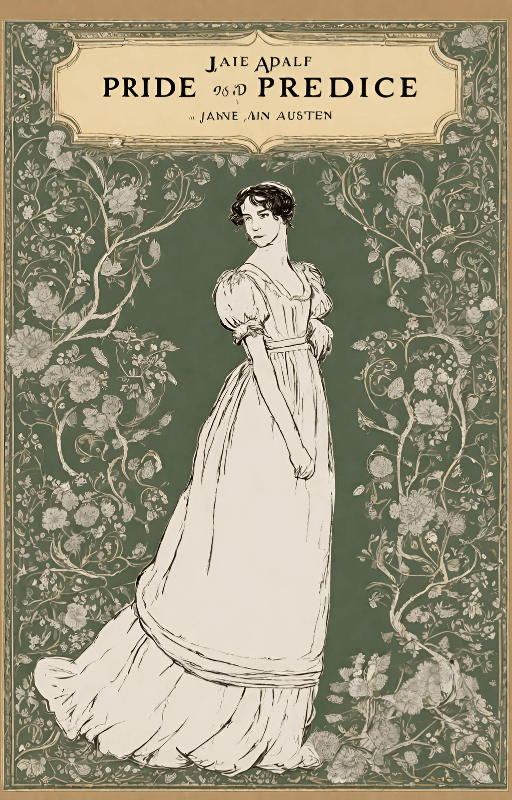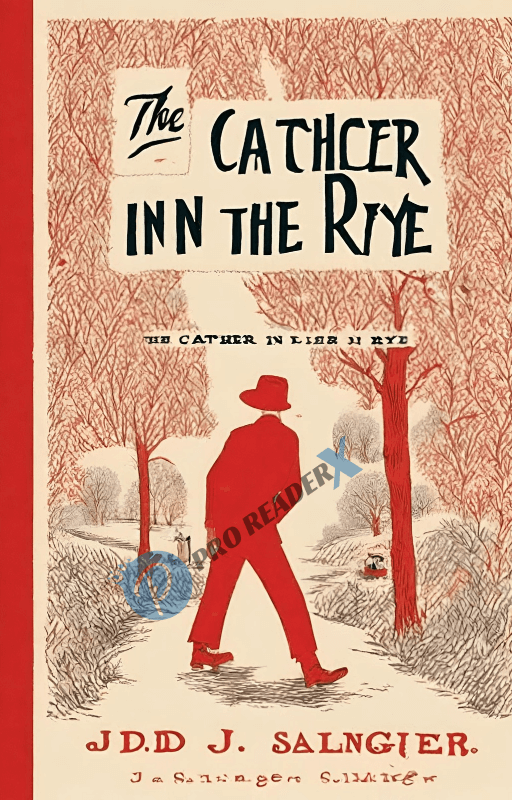Introduction
Hey there! Ever wondered what makes Suzanne Collins’ “The Hunger Games” such a compelling read? So brace up because we’re about to go on a thrilling voyage through this fantastic dystopian tale. We’ll look at not just its captivating story and complex characters but also the deeper issues that make it an outstanding writing work.
Overview of “The Hunger Games”
First things first, let’s acquire a bird’s-eye look. “The Hunger Games” is set in a post-apocalyptic future where the nation of Panem, which consists of the Capitol and 12 districts, hosts an annual event in which young “tributes” battle to the death in a televised spectacle. Our heroine, Katniss Everdeen, offers to take her sister’s place in this terrible game, igniting a series of events that will permanently alter Panem.
Setting the Stage
Consider a society devastated by calamity, with a rich Capitol wielding iron-fisted power over destitute areas. The yearly Hunger Games serve as a cruel reminder of the Capitol’s authority, demonstrating its complete control over its inhabitants’ lives. In this context, survival is more than just remaining alive; it is a daily battle against injustice.
The Main Characters
Now, let’s get to know the main characters in this high-stakes drama.
Katniss Everdeen
Katniss is our tenacious protagonist. She is a superb hunter and archer who fiercely protects her family. Volunteering instead of her sister Prim, she starts the Games with a strong desire to survive and a deep sense of justice.
Peeta Mellark
Peeta, District 12’s male tribute, has a long-standing, unrequited love for Katniss. His charming personality and clever intelligence are critical to their survival. He is a multifaceted character whose motivations and actions keep the reader guessing.
Gale Hawthorne
Gale is Katniss’ best friend and hunting companion. His rugged handsomeness and rebellious nature make him an ideal leader. Even though he does not participate in the Games, his influence on Katniss’ thoughts and actions is significant.
The Dystopian World of Panem
The Capitol and the Districts
Panem is split between the affluent Capitol and twelve (previously thirteen) districts, each producing things for the Capitol. This tight order draws sharp contrasts between the wealthy and the impoverished, emphasizing themes of inequality and exploitation.
The Reaping
The Reaping is a frightening event that selects one boy and one girl from each district to compete in the Hunger Games. Katniss finds this moment more painful since her younger sister, Prim, is first chosen. Katniss’ voluntary effort is both courageous and painful.
The 74th Hunger Games
Entering the Arena
The tributes are pushed into a lethal arena where alliances develop, and adversaries hide behind every tree. The Capitol spares no cost in making these Games as spectacular and cruel as possible, employing cutting-edge technology to alter the atmosphere.
The Alliance
Katniss and Peeta forge a tentative partnership, understanding that collaboration is their only hope of survival. They traverse dangerous hazards, such as tracker jacker assaults and hazardous environments, while maintaining a careful mix of trust and strategy.
The Final Showdown
The Games conclude with a heated showdown. Katniss and Peeta defy the Capitol by threatening to eat deadly berries rather than murder each other, prompting the Capitol to declare them both winners. This act of revolt paves the way for future uprisings.
Themes and Motifs
Survival
“The Hunger Games” is fundamentally about survival. From foraging in the woods to outwitting opponents in the arena, Katniss’ survival instinct drives all she does. But surviving in Panem is more than physical; it is also about preserving humanity.
Sacrifice
Sacrifice is a recurring subject, as Katniss is willing to take her sister’s place. Throughout the novel, people make personal sacrifices for the greater good, demonstrating the value of empathy and togetherness in the face of hardship.
Government Control and Rebellion
The harsh dictatorship in the Capitol and the districts’ subsequent rebellion highlight themes of control and resistance. The Games are a weapon of tyranny, intended to create fear and preserve order, but they also plant the seeds of insurrection.
Impact and Legacy
Cultural Impact
“The Hunger Games” has had an everlasting impact on popular culture. It spurred a renaissance in dystopian literature and film, resulting in several adaptations and discussions about social issues. The series’ themes are relevant to real-world battles, making it a valuable resource for discussing power and resistance.
Critical Reception
Both critics and readers have lauded “The Hunger Games” for its fascinating storytelling, rich characters, and thought-provoking topics. Suzanne Collins’ ability to combine action and social critique has won the series a spot in the pantheon of great modern fiction.
Conclusion
So, there you have an in-depth study of Suzanne Collins’s “The Hunger Games.” This tale is more than simply a fight to the death; it is about survival, sacrifice, and the human spirit’s endurance in the face of oppression. Whether you’re a long-time fan or fresh to the series, its significance is apparent, reflecting our world’s problems and successes. Are you ready to leap back into the arena? Happy reading!
FAQs
Q1: What prompted Suzanne Collins to create “The Hunger Games”?
The combination of reality television and conflict news inspired Suzanne Collins. She wanted to examine topics of violence and media influence in a dystopian world.
Q2: How many novels are in “The Hunger Games” series?
The series includes three main books: “The Hunger Games,” “Catching Fire,” and “Mockingjay.” A prequel, “The Ballad of Songbirds and Snakes,” was also released.
Q3: What are the key themes in “The Hunger Games”?
The major themes include survival, sacrifice, government control, revolt, and the impact of violence and trauma.
Q4: Who are the main adversaries in the series?
The main adversaries are President Snow and the harsh Capitol regime. Other tributes in the Games also act as villains.
Q5: Is “The Hunger Games” acceptable for young readers?
While “The Hunger Games” is intended for a young adult readership, the book contains graphic violence and themes that may be distressing to younger readers. Parental discretion is suggested.
